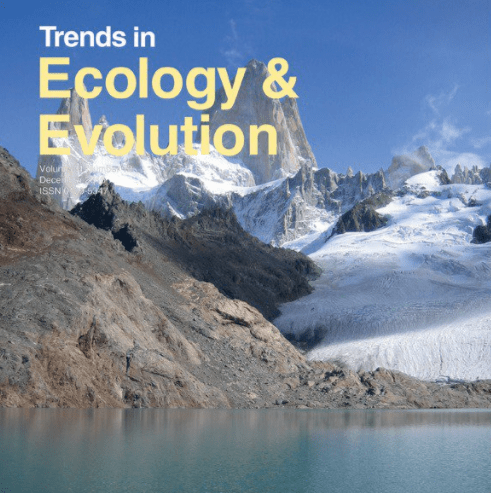
Assuredly yes, it is time for synthetic biology to be incorporated into the twenty-first century toolkit for biodiversity conservation.
Prompted by pressing biodiversity concerns, an influential group of scientists and conservationists organized by the International Union for the Conservation of Nature met in December 2015 in Bellagio, Italy to examine how emerging synthetic biology tools might successfully be applied to currently intractable problems. Concluding that greater collaboration between synthetic biologists and conservationists is urgently needed, participants – including Revive & Restore’s Executive Director Ryan Phelan – put out a call for the community educate itself on how new genomic technologies could remedy a variety of serious wildlife problems that have been difficult to solve with traditional approaches, including inbreeding, harmful invasive species, and exotic-disease susceptibility.
Their findings are summarized in a paper published in Trends in Ecology & Evolution on November 19, 2016.
By all indications, current conservation approaches are failing to slow global biodiversity loss. Even increasing areas of protected land and ocean has not been sufficient to stem this loss. But the potential of synthetic biology to aid and improve biodiversity conservation efforts, especially where other means have failed, is clear. When applied to conservation, new genomic technologies allow scientists to precisely and easily alter the genetic code of endangered and threatened species to enhance their survival. Endangered species that have lost crucial genetic diversity might be restored to reproductive health, and those threatened by invasive diseases could be able to acquire genetic resistance.
Before synthetic biology techniques become standard approaches, conservationists must first understand the potential benefits and risks of these new tools, and synthetic biologists must be educated about pressing conservation problems.
National Wildlife Research Center (part of the U.S. Department of Agriculture) geneticist Toni Piaggio, a participant in the 2015 meeting and a lead author of the groups’ findings, wrote:
We suggest that it is necessary to adapt the culture of conservation biologists to a rapidly-changing reality. The current paradigm is not accomplishing radical positive change nor adequately slowing anthropogenic destruction of habitat and biodiversity. To make progress we need to continue to press for more of the same solutions that we know can succeed (e.g., a greater proportion of the planet being set aside for protection). But we must also embrace new technologies and methodologies. There is a consequent immediate need for the conservation community to more fully engage with synthetic biology … to understand potential and identify risks through applying their expertise to robust risk assessments.
The paper’s authors firmly believe that synthetic biology techniques will be applied to global biodiversity issues with or without the involvement of expert conservation biologists. However, for the integration of conservation and synthetic biology to provide successful solutions to the biodiversity crisis, the need for careful oversight by those who deeply understand the workings of each particular ecosystem is essential. “Considering the moral, ethical, and aesthetic issues associated with intentional direct human modification of a wild species, we call for the development of a robust decision-making, risk-assessment framework, and research to be conducted on the application of synthetic biology to conservation issues,” wrote Gernot Segelbacher of the Wildlife Ecology and Management Department at the University of Freiburg (Germany).
The full paper can be accessed here:



